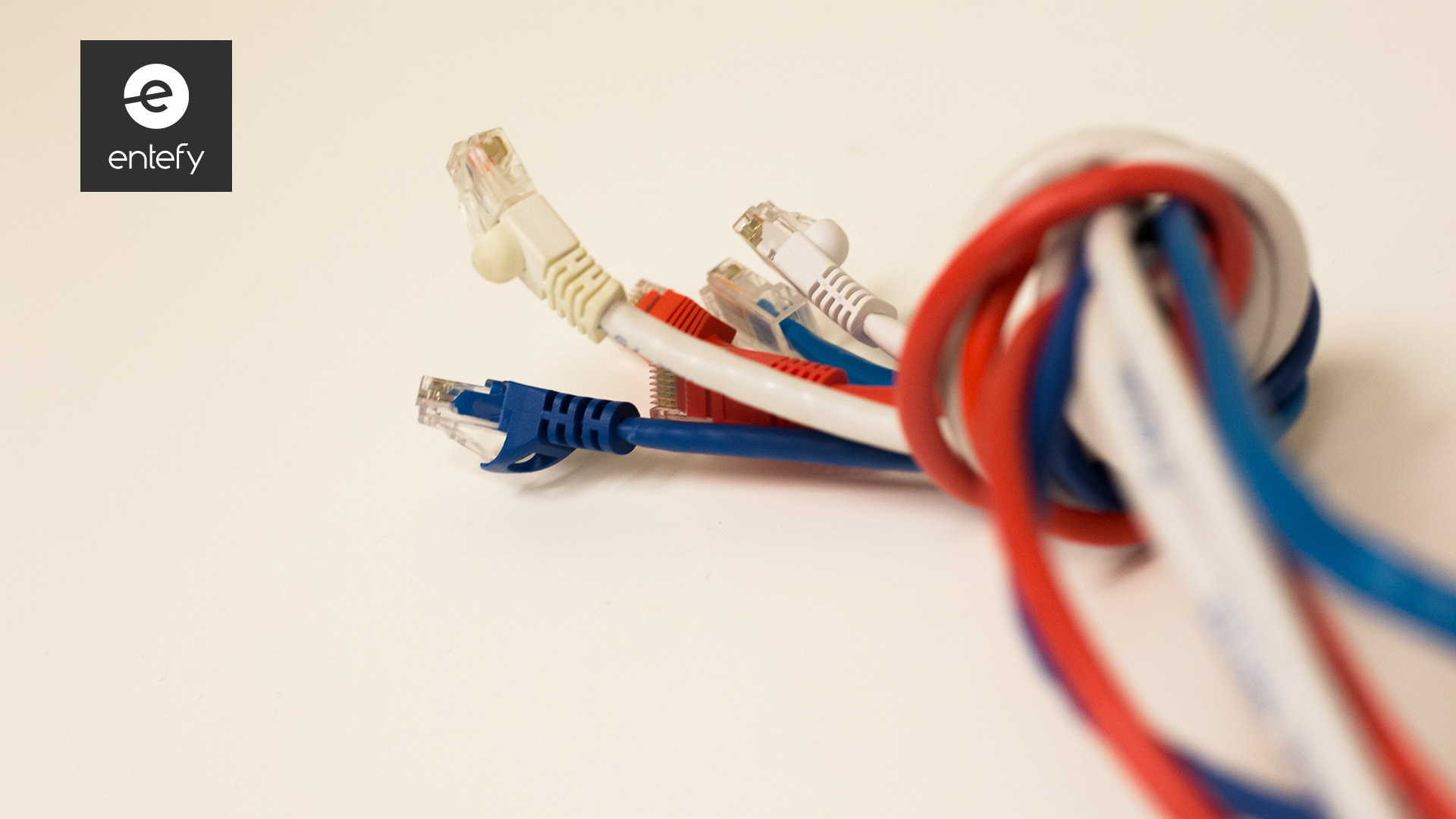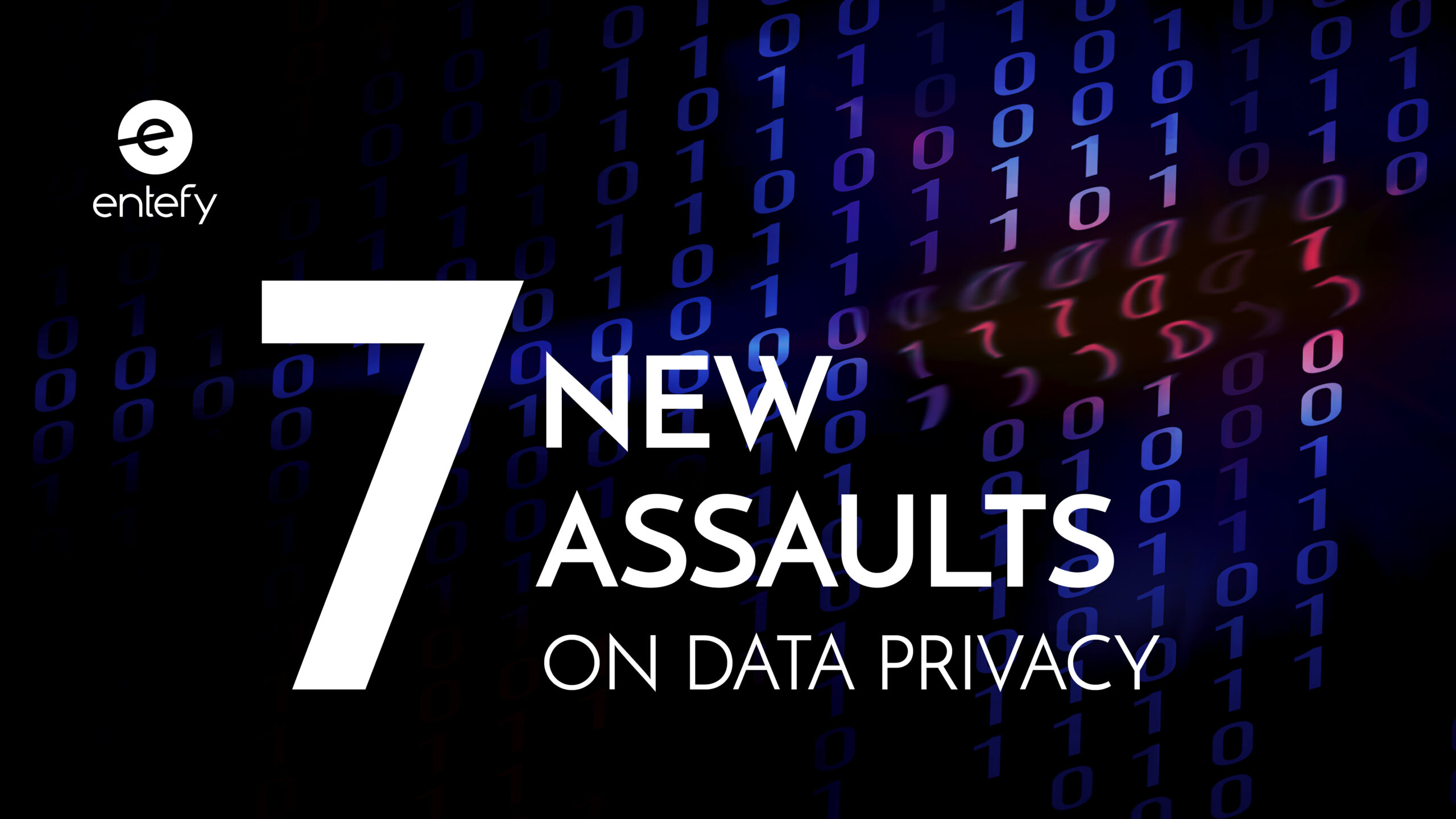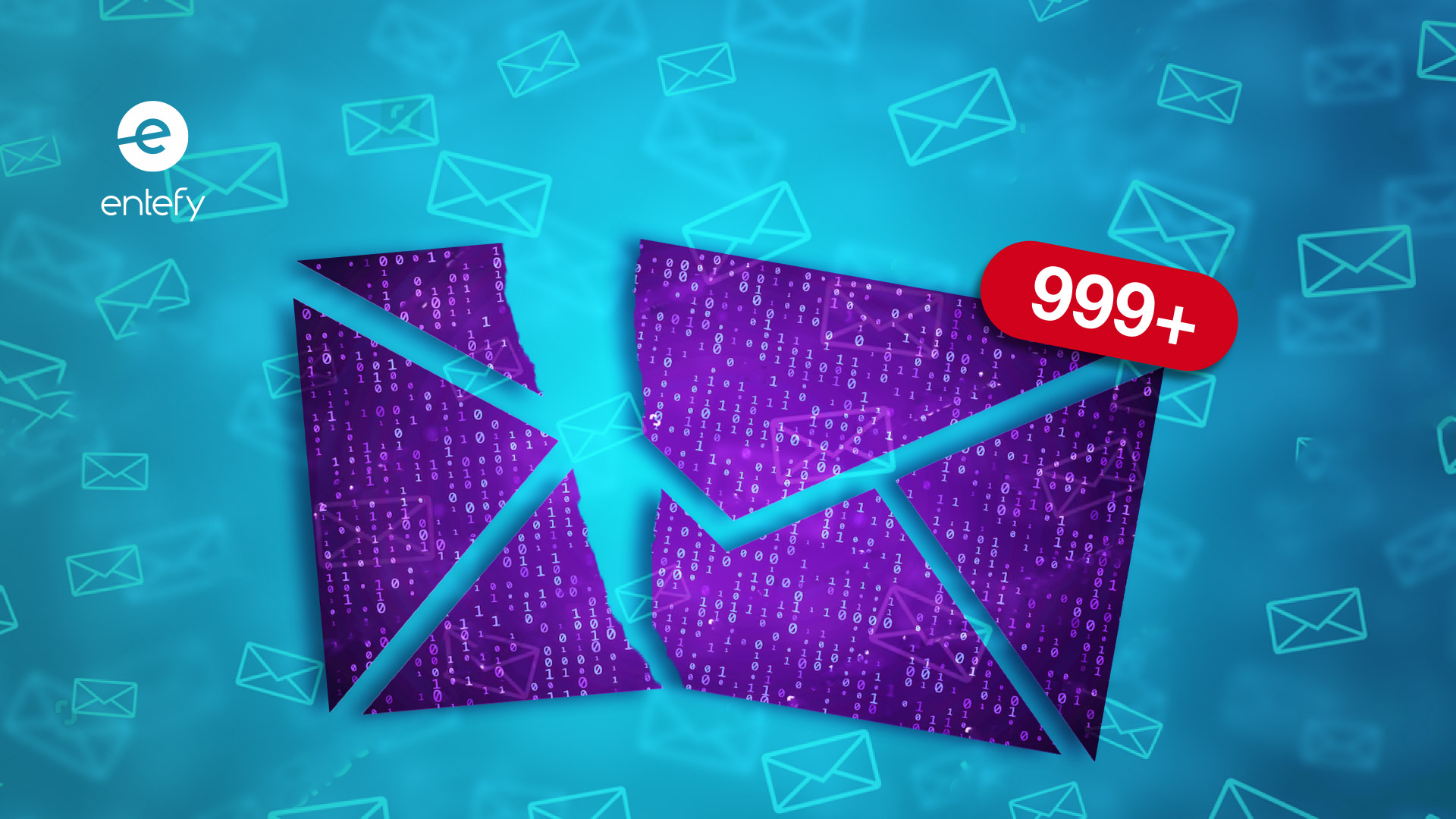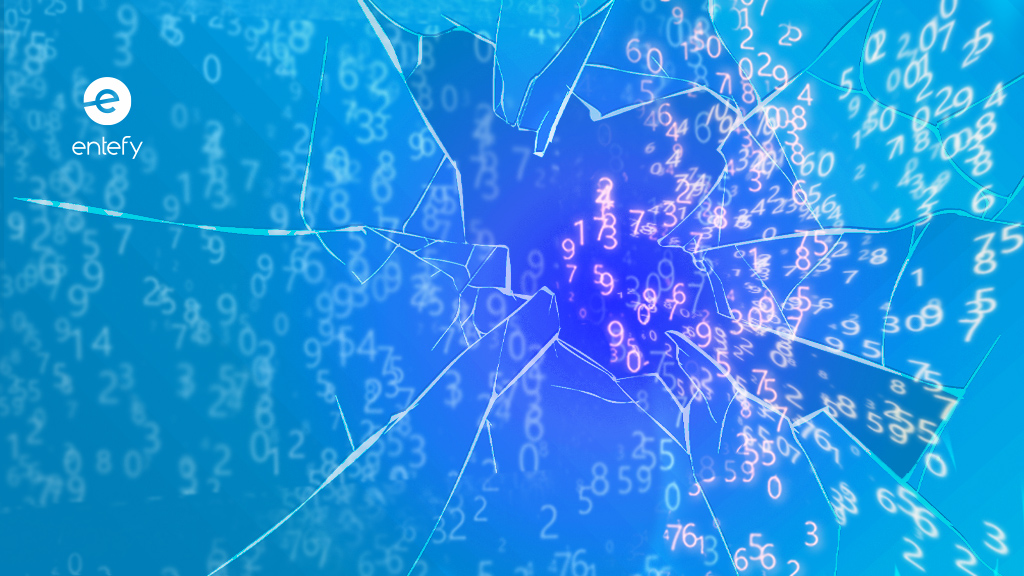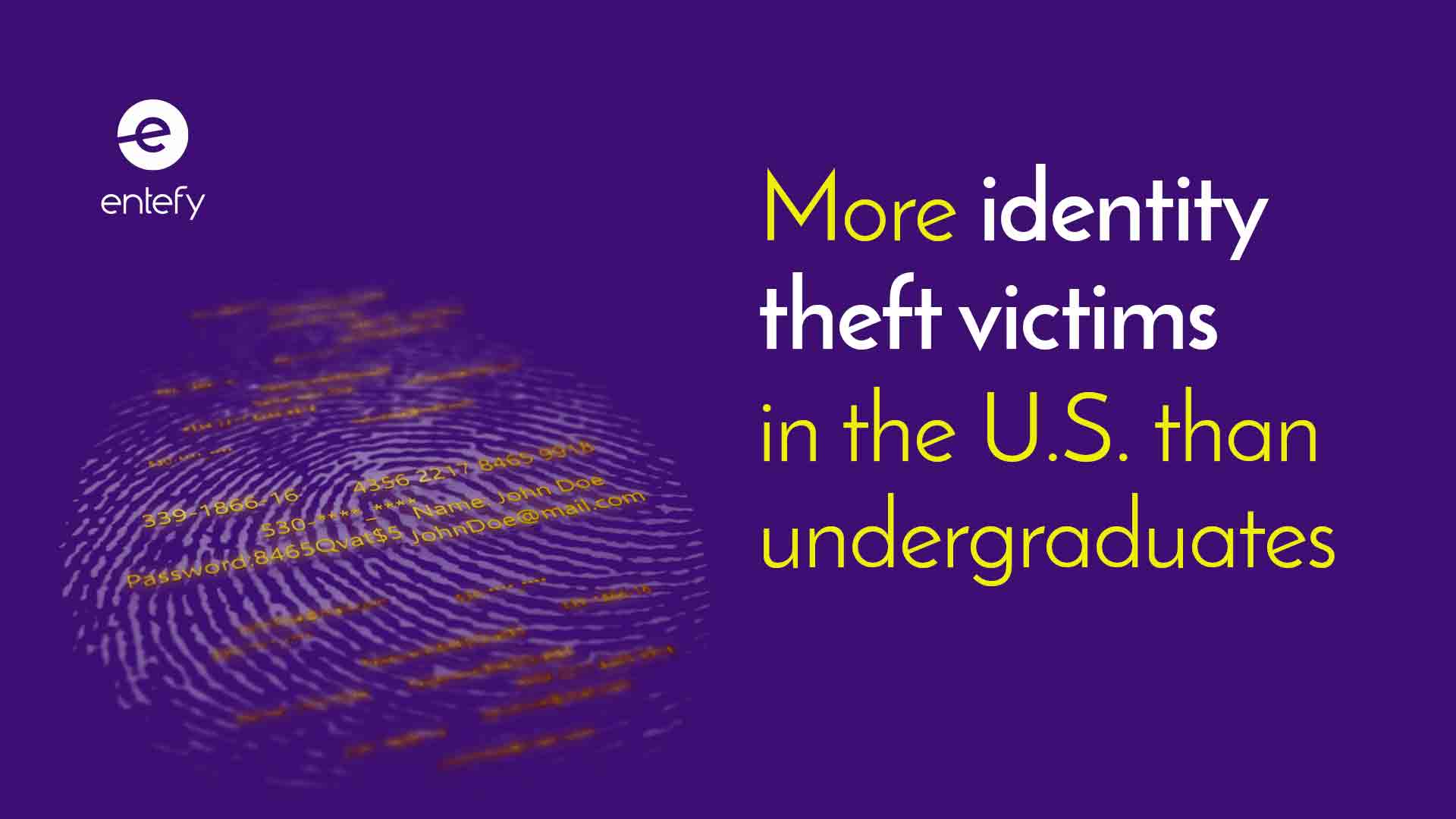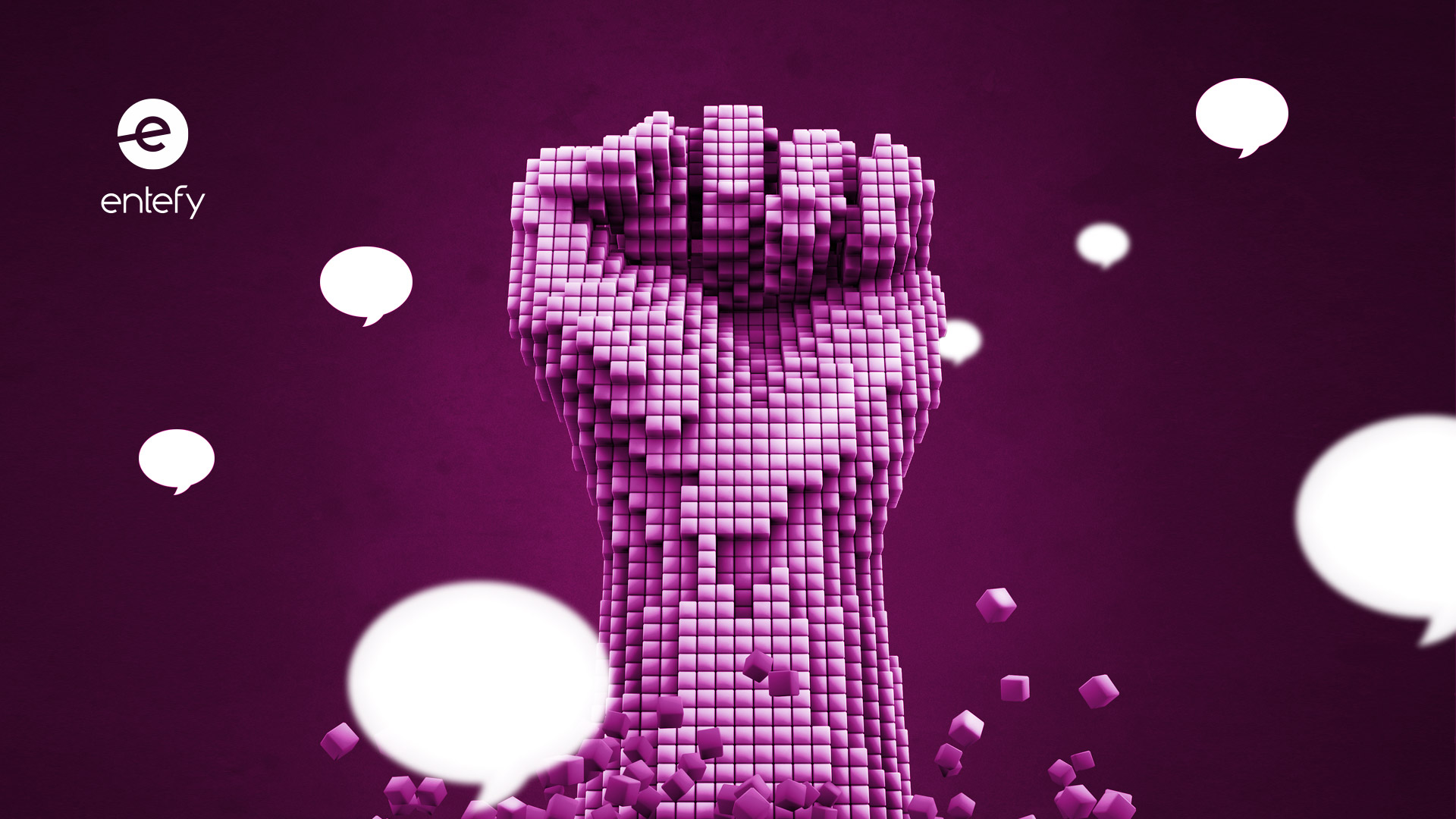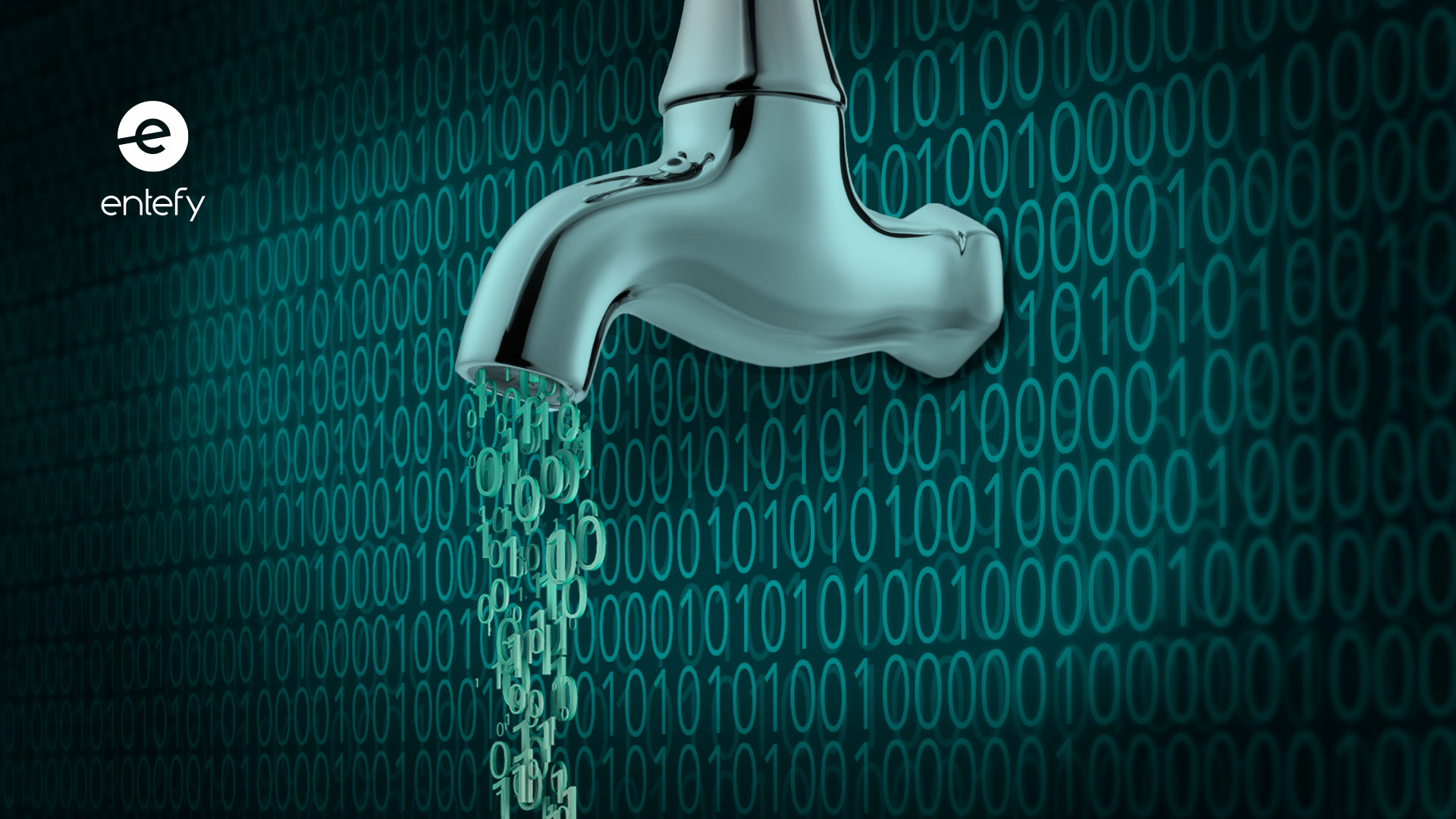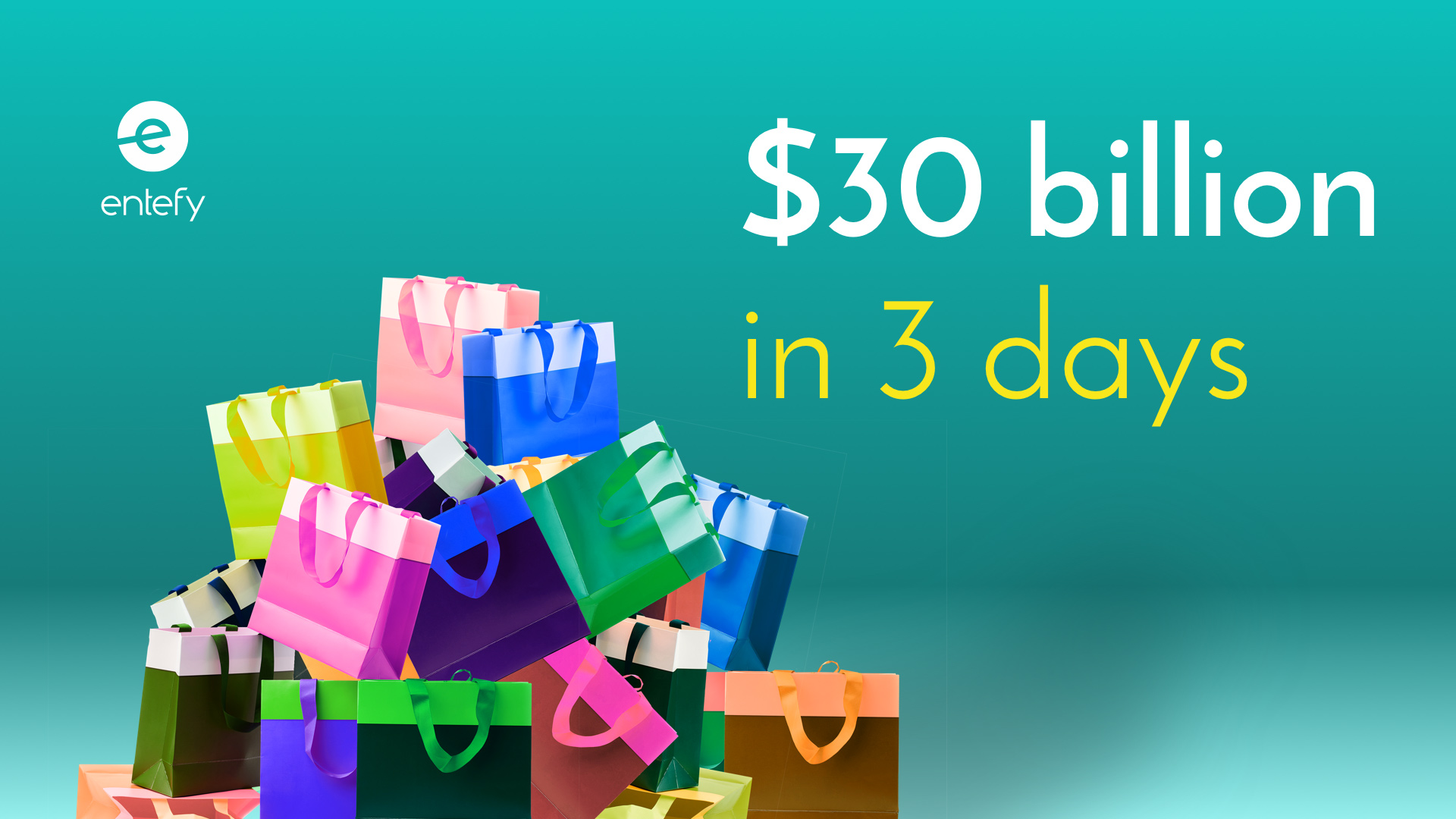With the possible exception of social media, email is the ultimate time-suck. What once seemed like a marvel of the modern age has become a constant irritant, one our society seems to have accepted as a given.
Go out for after-work drinks or coffee, and you’re almost guaranteed to hear someone grumble about how stressed they are. In the same breath, they’ll also tell you they “just need to reply to a work email really quick.” That same person will skim their messages while “unwinding” at home later that night, shooting off responses while they catch up with their roommates or spouse, and again before they go to sleep. If this sounds familiar, you may be that person. But you’re not alone.
The email epidemic is pervasive. One study found that 78% of people interviewed checked email continuously throughout the day, and 66% turned to their inboxes first thing in the morning. In Entefy’s research, professionals are sending and receiving 110 emails per day, plus another 114 instant messages and texts for good measure. Yet only a fraction of the emails most people receive are truly urgent. Think about your own inbox. What’s the ratio of important messages to promotions, newsletters you never read, and messages you send directly to the trash? Probably not a very favorable one.
Why we can’t quit email
Most people will spend 47,000 hours checking email throughout their careers, which is a lot of time to waste in your inbox instead of actually producing a valuable body of work. We all know email is a time-waster, yet we persist in checking it constantly. But why?
Irritating as it is, email is addictive. We know that most messages are likely to be irrelevant or uninteresting, but once in a while, we receive a gem in the form of a note from an old friend or a great new professional opportunity sent to us out of the blue. Knowing that there’s potential for new messages to be exciting, our brains get stuck in a “random rewards” pattern. There’s no rhyme or reason to when we’ll receive those exciting emails, so we become wired to check all the time.
This neurological drive is exacerbated by our always-on culture. We often feel that we need to respond to every message at all times, whether they’re from friends, relatives, or bosses and co-workers. No one wants to seem like a slacker, and we think we’re more productive (at least, we seem more productive) if we respond to emails 24/7.
In fact, the opposite is true. For one thing, how often we check email directly influences how stressed we are. Research shows that decreasing the frequency with which we check email can be as beneficial as deep breathing and peaceful visualization strategies for lowering stress levels. When we’re not opening our inboxes every five minutes, we focus on a single task without allowing interruptions to break our concentration – a far less stressful scenario than trying to do two things at once.
Earlier this year, Entefy explored the cognitive costs of multitasking, which was once the gold standard of professional performance. Recent evidence suggests, however, that multitasking makes us less productive and less capable of high-value work. Every time we switch tasks or become distracted, it takes at least 23 minutes to regain our focus. Multiply that by the number of times you check email while writing a report or preparing a presentation, and you’ll understand why it feels so difficult to get anything done throughout the day.
Not only do you lose time when you multitask, you also deplete your brain’s resources. Our brains cannot actually carry out three tasks at once. To write a report, carry on a chat conversation with a co-worker, and check email, the brain’s executive system must rapidly switch focus between the three, often doing this many times throughout the entire workday. We only add to the load when we continue to check email while also scrolling through our social media feeds and texting with friends during lunch. It’s no wonder we feel exhausted by the end of the day. Humans simply aren’t wired to multitask, which is why the email addiction is such a dangerous trap.
A saner approach to email
Despite its drawbacks, email is here to stay – at least for now. While professional chat and project management services are useful for taking workplace collaboration outside the inbox and into a more real-time forum, email is still the preferred mode of communication among teammates, clients, and probably all of your friends and family as well. That’s not necessarily a bad thing. Email isn’t evil. It’s a useful tool that most of us mismanage.
Here’s how to reclaim email’s efficacy and thousands of hours of your time:
Stop chasing inbox zero
In the days before smartphones and the 24-hour news cycle, achieving inbox zero was a useful productivity tip. Clearing your messages each day meant you could shut down for the evening without feeling like there were loose ends that needed tying off, and you avoided the crushing sense of doom as you let your unread emails pile up. But Jocelyn K. Glei, author of “Unsubscribe: How to Kill Email Anxiety, Avoid Distractions, and Get Real Work Done,” suggests that inbox zero is no longer realistic, nor is it a worthwhile pursuit.
Striving toward inbox zero is seductive because our brains crave the dopamine hit that comes with completing a task. Answering email is seductive because it’s easy to do and easy to repeat. We feel like we’re accomplishing something, and that surge of dopamine inspires us to go for that reward again the next day.
But if you’re like most people, you receive emails at all hours, often from people you barely know or have never met. Does it really make sense to spend your time sifting through and replying to these messages when you could be brainstorming new ideas with your team, wrapping up work early so you can get in a few extra hours with your kids, or simply enjoying a few minutes of peace outside your inbox? Even if you’re ruthless with the delete button and spend as few seconds as possible on non-urgent messages, you’re still investing a significant amount of time in low-value tasks. Instead, answer the important emails, shut it down, and get back to the truly important work.
Don’t check email first thing in the morning
You may have heard this advice already, particularly if you’ve ever sought tips for improving your productivity and time-management habits. But it bears repeating, because checking your email as soon as you wake up can derail the rest of your day.
Saying “no” can be hard, but remember that emails from other people represent their priorities, not yours. This goes for both professional and personal emails. A colleague requesting that you help out with a project or your mom asking you to help her research new laptops may be sincere and valid requests. You may even be glad to help out when you have time. However, as soon as you see them, they become your concerns, too, and you might spend your whole commute mentally rearranging your day to accommodate those requests instead of rehearsing the presentation you’re about to give. Our concentration reserves are finite, so guard yours carefully. Start the day clear on your priorities and attend to those first before taking care of other people’s needs.
Flooding your brain with information before you’re fully awake also creates unnecessary stress. Instead of allowing your mind to come online naturally, you go from zero to 100 in about two seconds. Now you’re worried about your boss’s request to see you as soon as you get in or about the concerning news story someone sent you in the middle of the night.
But here’s the thing: your boss will find you whether or not you respond to her email. Any news that’s truly important or relevant will make its way into your consciousness eventually. And knowing about these concerns as soon as you wake up doesn’t give you any more control over them. You’re better off starting your morning with meditation, exercise, or a mindful breakfast with your family. Then you’ll be prepared to meet any crisis or concern with a calm, centered, and refreshed mind.
Don’t let your inbox be the last thing you see at night
Contrary to what our always-on culture suggests, human beings need down time. Just because you’re checking email from your couch instead of your desk doesn’t make it any less stressful, especially when you do it while you’re supposed to be relaxing. Multitasking taxes our brains even when we’re doing fun things, like watching TV or playing games. We need time to unwind, particularly if we want to get a good night’s sleep. And sleep should be a priority, considering that it impacts our mood, ability to heal, and overall resilience to a wide range of serious health conditions.
No matter how tired you are, looking at a screen right before bed makes it very hard to follow your body’s natural sleep cues. The blue light emitted from your smartphone or laptop screen signals to your brain that it’s time to wake up, not conk out for the next eight hours. Blue light suppresses production of melatonin, the chemical that helps us sleep and regulates our circadian rhythms. That’s why even if you do get a full eight hours sleep, you may wake up feeling less than rested.
If you can’t cut the email cord entirely after leaving the office, stop checking at least an hour before you go to bed. You may event want to leave the phone in another room to help you avoid the impulse to give it one last glance before you get some shut-eye. Checking email before bed once again makes us hostage to other people’s priorities, and you can lose hours of rest because you chose to respond to messages instead of letting them wait until the morning. Even if you read your emails but don’t respond, there’s a good chance you’ll lie awake thinking about what you’ll write back tomorrow.
Set and communicate email boundaries
Curbing the email-checking habit is easier said than done. That’s why it helps to set specific times when you’ll check email each day. You might check once in the morning and once in the afternoon, just once before you leave work, or more or less frequently depending on the nature of your job. Some people can check in once a week while others need to be more responsive to their teams. Whichever camp you fall into, email boundaries will help you be more productive.
Assess your typical workday and decide how often you plan to check email. Once in the morning and once in the afternoon provides a nice balance between staying in the loop and giving yourself plenty of time to focus on more pressing priorities. But you can decide what will work for you.
Then commit to it. If you need help sticking to the plan, write your email schedule on a post-it note or print it out and hang it near your desk. The visual reminder will help keep you on the straight and narrow, at least in the beginning. After a few weeks, you’ll have broken the cycle of continual checking and will likely find that you’re much more focused and productive. So much so that you won’t want to waste time on email anymore.
Let other people know what to expect from you in terms of responsiveness. You can set up an auto-responder for the first few weeks of the new regimen to make sure everyone you interact with gets the message. Or you can include a simple note in your email signature stating when you check email and leaving a phone number people can call if they need to reach you urgently. They will very rarely use it, and most will wait for your written reply.
If you’ve always been an instant-responder, it may take time for people to get used to your new way of doing business. But when they see your mood and productivity soar, they’ll be happy to accommodate your boundaries.
Embrace in-person conversations
Everyone has been on an email thread that never seems to end. It starts out reasonably enough, but the back-and-forth over details ends up eating up hours of your day. Sometimes writing out replies is the way to go, since you have time to collect your thoughts and avoid sending overly emotional responses. But oftentimes, email conversations go on far longer than a short, face-to-face chat would.
As soon as a thread seems to spiral out of hand or you find yourself spending an hour on a conversation that could take place in five minutes, close your email app. Walk over to the other person’s desk and ask if they want to grab a conference room to hash out the details or work through any miscommunication.
If an in-person chat isn’t feasible, pick up the phone. You’ll be amazed at how much faster problems get solved when people aren’t composing opuses in their inboxes or reading into everyone’s tone before deciding how to reply.
Email is a double-edged sword, and we need to wield it more carefully. At its best, email helps us connect with professional and personal contacts, work efficiently, and stay on top of what’s happening in the world. At its worst, it drains our energy reserves, kills our productivity, and prevents us from achieving our goals. Fortunately, we can choose to use email for our own good.

